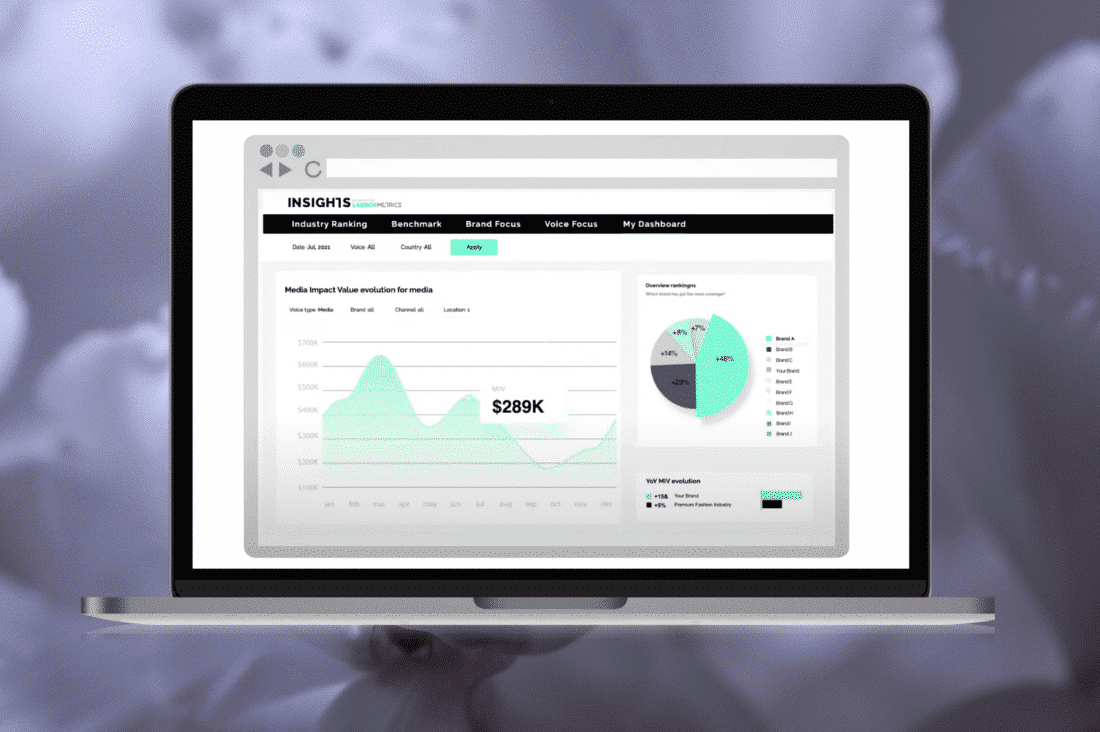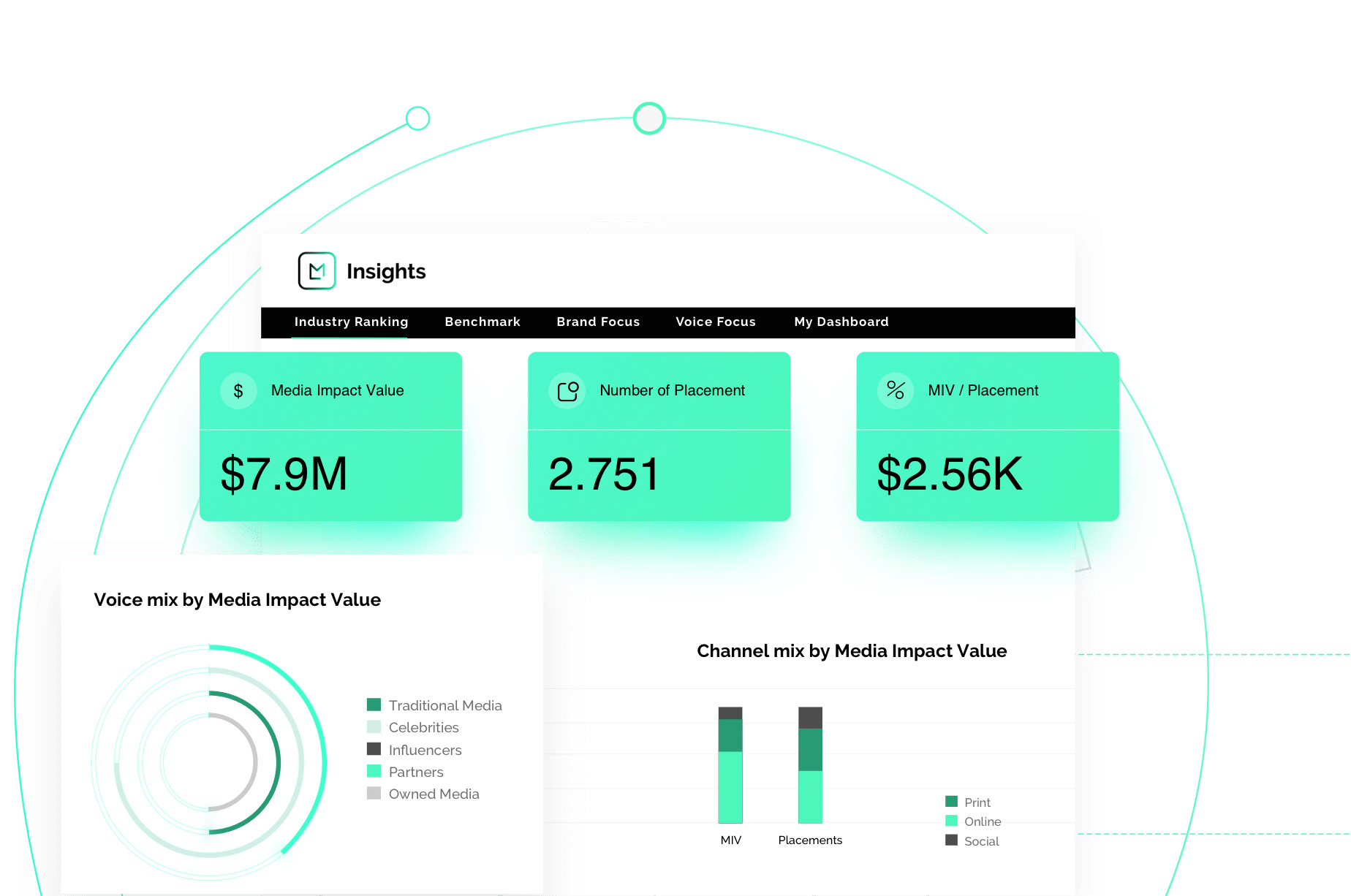It’s time to improve your decision-making process. Thinking about what factors fashion or luxury companies could implement to come up with optimum business marketing strategies? Enhancing your marketing tactics or campaigns in the Fashion, Luxury, and Beauty (FLB) Industry often comes down to more efficient decision-making.
“When making a business decision, it’s fundamental to consider what you actually want to implement. For example, when you’re looking over markets or budgets; you want to take into account all the insights regarding these factors in your decision-making process. So when you carry out that specific initiative, you’ll have thought through all the impacts of that decision.”
Steve Brown, International Merchandising at Calvin Klein
In this article you’ll learn…
Decision-Making in Marketing
The process seems simple enough; you first gather information to consolidate your understanding and awareness of the market, set a clear purpose, combine short-term and long-term actions, conduct internal communications, etc. This just scratches the surface, of course, but essentially the goal is avoiding overcomplicated opportunities. Additionally, having more achievable Objective and Key Results (OKRs) as well as specific and measurable Key Performance Indicators (KPIs).
But it’s not that easy, right? With the widespread threat of a sharp slowdown in growth and a worldwide economic output set to be at 1.7% according to the World Bank Group, all businesses are more careful than ever and tightening their belts. It’s understandable; this recession is forecasted to affect 95% of advanced economies and the majority of emerging economies. Nevertheless, next to all that, marketing teams in the FLB sectors are faced with the pressure of building their brand’s performance and coming up with cohesive strategies to boost product sales with tighter budgets.
So, how can data help you make better decisions? Well, for a start, it can provide you with more visibility on your brand’s position in the market and where other brands stand in comparison to you.
Making Better Decisions with Data
Suppose you’re in a position where you manually mark down the success of your brand’s or campaign’s performance through spreadsheets and tables. In that case, you need to consider more advanced analytics tools and use data more profitably. Having a suitable data infrastructure will not only save you time and manual effort, but it’ll also give you more curated results and less guesswork.
As mentioned previously, 2023 presents a challenging landscape for marketers. So, it’s now or never to acquire the right tools to better understand the market and the consumers. Marketers need to be more aware of how their brand’s coverage resonates with their target audience. It’s especially useful if you’re looking to diversify your brand’s channel mix. Or even to find the perfect balance between paid and organic marketing strategies.
Having the data that highlights the best-performing platforms to promote your campaigns or the best influencers to sponsor your collections is an advantage you don’t want to miss out on. Social media is not always the most cost-effective way to drive sales. As a result, knowing which platform your audience engages and interacts with can hugely impact your marketing decisions. That data can also help you understand the needs and wants of different consumer demographics. It’s the same for influencers. Being able to measure the impact, or conversion power an influencer can have on your media coverage is significant. This is why using the right data can help you make more informed decisions and stay ahead of industry trends.
About Insights
Going back to the decision-making process, understanding the market your brand fits in is crucial. Many factors can affect your brand’s performance. However, competitive benchmarking is a great way to extract the necessary insights your marketing decision might need to be at its most effective.
On that note, the answer to the question of which tool can measure your brand’s performance globally and locally is Launchmetrics Insights. Insights benchmarks hundreds of brands across the Fashion, Luxury, and Beauty industries. Thanks to our proprietary algorithm, Media Impact Value™ (MIV®), as a concrete metric, the Insights dashboard can measure the impact of all media placements and mentions. All of this across five different Voices: Media, Influencers, Celebrities, Partners, and Owned Media. Insights can also benchmark your brand’s month-on-month and year-on-year evolution against others.
Looking at the metric itself, Media Impact Value™ is a monetary figure generated by an intelligent algorithm. It allows you to quickly understand the value of a placement in a quantifiable manner. These placements factor in social media posts, publications (online or in print), and articles pertaining to specific search queries. Additionally, it takes into account consumer interactions with posts, such as tags and comments.
Overall, using a constant solution which runs your brand’s performance analytics in a clear and holistic way allows marketers to not be overwhelmed by overly complicated and unnecessary data. Hand-in-hand, the tool also evaluates a campaign’s success beyond a financial point of view. It also looks at the social standpoint based on interactions and engagement. By using the measurable data which Insights provides, marketers can come up with better marketing strategies. They also can achieve more measurable OKRs based on the overall strategy for the brand or campaign performance.
Hear from Steve Brown, our expert from PVH about how data and insights guide their decision-making.



